Cold weather can mean an increase in heating bills for your family. And if you aren't careful - some of them can reach to be $500 a month or more! Majority of families have not budgeted for this and it can create a serious financial strain during the colder months. With a few easy steps, you can help prevent it!
Identify and Seal Leaks
This is very important during the warmer months as well. If your home is leaking too much air, it is going to take more power to both heat and cool it. To find out where you have leaks, run your hand along windowsills, door mantles and baseboards throughout your home. Be sure to double-check around cabinets and closets, since they may be a big source of leakage that we commonly miss. If you feel a difference in the temperature around these areas, it is a leak. Seal up the cracks to help keep air inside, or outside depending on which way you look at it!
Check Your Window Panes
Ideally, your home should have double-paned windows, but some homes still use single pane. If this is the case with your home, the window glass itself is going to radiate cold. To prevent this from leaching cold into a home you're trying to heat, cover the window with Visqueen plastic to create a second layer to block the airflow. Visqueen can be found on Amazon and at around $13 a roll, is much more budget friendly than a high heating bill!
Check the Furnace Itself
Before cold weather kicks in, double check that your furnace is working correctly. If not, we recommend you get it fixed before you need it. Emergency services are always more costly than a regular service call. Make sure that the fans, blower and that the filter is brand new. A dusty filter can cause your furnace not to heat properly!
Check the Insulation
If your home is poorly insulated, no amount of sealing is going to be effective. Check the attic of your home to be sure that the insulation isn't too outdated to be effective, and that the covering is thick enough to do the job.
Pick Up a Couple of Electric Heaters
This may seem counterintuitive. but picking up a couple of ceramic space heaters can actually help in lowering your heating bills. The amount of power they use to generate heat is often far less than you would use if you turned your furnace up. They are especially handy if you are the type of person who likes to be warmer than others in your home. Mobile heaters allow you to heat up the room you are in without heating the entire house! They will help you save money over several winters so they are absolutely a great investment.
These five steps to prepare your home for cold weather should be done while it is still comfortable enough outside. If you wait until it becomes too chilly, you might be too late (although - better late than never) to cut costs all season!
Today's insurance tips and ideas brought to you by ERIE Insurance.


